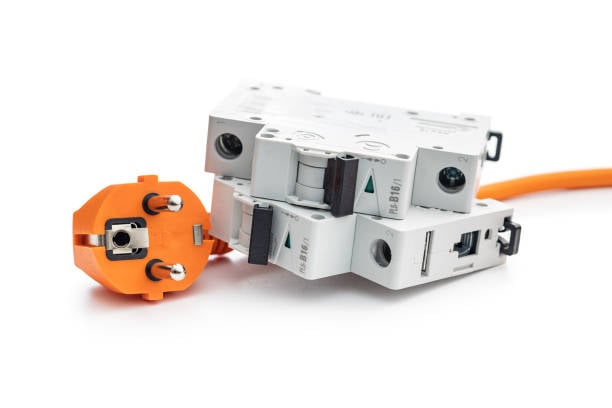Understanding the Inner Workings of a Residual Current Circuit Breaker
Residual Current Circuit Breakers (RCCBs) play a crucial role in ensuring electrical safety in homes and commercial buildings. These devices are designed to detect and prevent electrical leakage, providing protection against electric shocks and fires. If you've ever wondered how these innovative devices work, this article will provide you with a comprehensive understanding. Read on to explore the fascinating world of RCCBs and their functioning.
What is a Residual Current Circuit Breaker?
A Residual Current Circuit Breaker, also known as an RCCB or an RCD (Residual Current Device), is a device that automatically disconnects the power supply when it detects an imbalance between the incoming and outgoing current. It is a sensitive safety device that offers protection against electric shocks caused by fault currents and leaking electrical currents.
The Principle of Operation
RCCBs operate on the principle of detecting a difference between the current entering and exiting a circuit. This difference is known as residual current or earth leakage current. When this difference exceeds a predetermined value, the RCCB trips, cutting off the power supply to the circuit and protecting the users from potential electric shock hazards.
Internal Components
A typical RCCB consists of several essential components that work together to ensure its proper functioning. These components include:
- Current Transformers: These transformers monitor the incoming and outgoing currents, allowing the RCCB to detect any imbalance.
- Residual Current Detector: This component compares the incoming and outgoing currents and triggers the tripping mechanism if a difference is detected.
- Tripping Mechanism: Once the residual current exceeds the threshold, the tripping mechanism disconnects the circuit from the power supply within milliseconds.
- Switching Mechanism: This component is responsible for connecting and disconnecting the circuit from the power supply.
Sensitivity and Threshold Settings
RCCBs are available in different sensitivity ratings, typically ranging from 10mA to 300mA. The sensitivity determines the threshold at which the RCCB will trip. For example, an RCCB with a sensitivity of 30mA will trip if the residual current exceeds 30mA. The choice of sensitivity depends on the application and the level of protection required.
Types of Residual Current Circuit Breakers
There are two main types of RCCBs: AC (Alternating Current) and A (Alternating and Direct Current). AC RCCBs are designed to detect and trip on sinusoidal AC currents only, while A RCCBs can detect and trip on both sinusoidal AC and pulsating DC currents. It is important to select the appropriate type based on the specific application and the types of loads connected to the circuit.
Installation and Testing
Proper installation and regular testing are essential to ensure the reliable operation of RCCBs. These devices should always be installed by a qualified electrician following the manufacturer's instructions and local electrical codes. Additionally, periodic testing with the built-in test button or an external tester is necessary to confirm the RCCB's functionality.
Advantages of RCCBs
Residual Current Circuit Breakers offer several advantages, making them an indispensable component of modern electrical systems. Some of the key benefits include:
- Protection against Electric Shock: RCCBs provide an extra layer of protection against electric shocks, significantly reducing the risk of electrical accidents.
- Enhanced Fire Safety: By detecting and preventing electrical leakage, RCCBs help prevent electrical fires caused by faulty wiring or electrical appliances.
- Improved System Reliability: With their ability to quickly disconnect the power supply in case of faults, RCCBs contribute to improved system reliability and reduced downtime.
- Compliance with Electrical Regulations: Many electrical regulations and codes require the installation of RCCBs to ensure electrical safety in residential and commercial buildings.
Conclusion
Residual Current Circuit Breakers are essential safety devices that play a vital role in protecting lives and properties from electrical hazards. By constantly monitoring the current flow and promptly disconnecting the power supply when necessary, these devices offer reliable protection against electric shocks and fires. Understanding their functioning and ensuring their proper installation and maintenance is crucial for a safe and secure electrical system.

